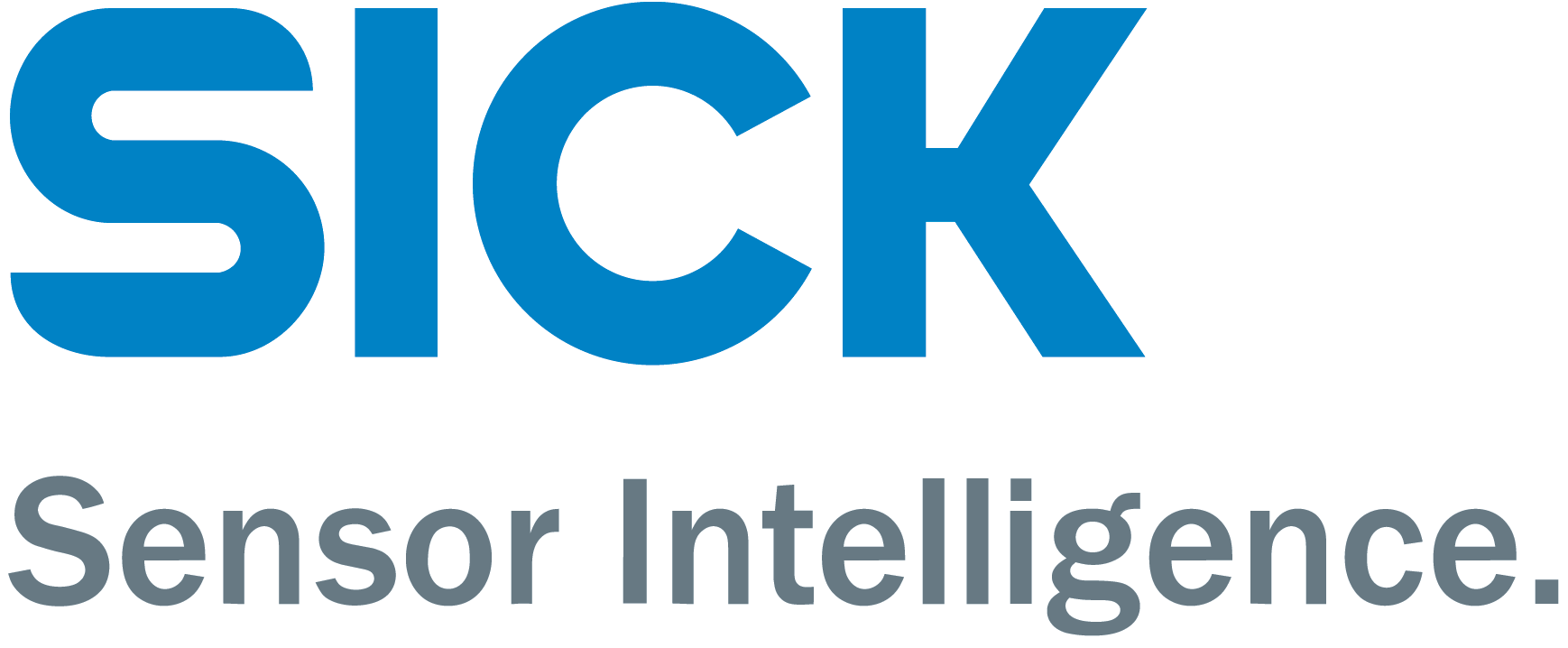Whitepapers

Discover the safety benefits of transitioning from line stopping to leak-tight double block and bleed pipeline isolation technology. STATS BISEP® is the true industry-first, leak-tight double block and bleed isolation technology and market leading solution for temporary line plugging. The BISEP offers significant safety advantages over traditional line stop technologies and is available for sizes 3” to 54” and from ambient to 2220 psi pressures. Read about the BISEP sealing capabilities.
Download Whitepaper
Ultrasonic meters are a proven technology for accurate and reliable gas flow measurement, but not all ultrasonic meters are the same. Read this white paper to learn how you can get a measurement tool with low uncertainty and high rangeability.
Download Whitepaper
Flow computer users are at a critical juncture. The measurement and control technologies they have been using are mostly at the end of life and many of the incumbent new offerings are built on technologies and ideas that are already out of date. Learn how a more integrated, connected and cyber secure architecture can improve flow measurement and profitability at the well pad, the pipeline and the custody transfer station.
Download Whitepaper
Today’s professionals in charge of the design, engineering, and construction of new onshore compression stations — or retrofits and upgrades of existing ones — have many options and tools to ensure new infrastructure can be built, commissioned, and begin full operation more quickly, economically, and with less risk than more traditional approaches.
Download Whitepaper
A quick look at the major causes of midstream pipeline incidents in 2018 reveals an interesting picture. While material/weld/equipment failures accounted for more than 35% of incidents, the major cause for 11.7% of incidents was incorrect operation measures. These figures rightly underline the importance of establishing and maintaining a strong operator qualification (OQ) and safety orientation program for workers. This white paper will discuss:
• The current landscape of pipeline operations
• Regulations and qualifications to know
• How to orchestrate a successful OQ program.
Download Whitepaper
Yokogawa's AI empowers customers with an advanced understanding of their current situation, allowing them to correctly predict future events and adapt accordingly. Learn how intelligent sensing and advanced analytics can help you make decisions to avoid problems and improve your business. Unplanned events can cost hundreds of thousands of dollars per day. You can avoid this and Yokogawa can help. Download this free e-book to learn more.
Download Whitepaper
High-Density Polyethelene (HDPE) has grown considerably in popularity in recent years. As operators seek new ways to cut costs, HDPE offers a number of advantages over steel. It is relatively inexpensive, flexible, lightweight, and far easier to install. However, it does have one major shortcoming. HDPE is vulnerable to chemical permeation. Most companies and operators are aware of permeation, but there is less information readily available on how to address the problem. Our upcoming whitepaper discusses what chemical permeation is, why it’s a problem for HDPE specifically, the risks involved and commercially available solutions.
Download Whitepaper
NDT Global's Evo Eclipse technology is a combination of high-resolution crack robots (UCx) and new analysis methodologies. Together, these technologies enable new inline inspection robots with a circumferential resolution of 5.0 mm (0.2 in). Higher-resolution tools, specialized sensors and measurement configurations address major flaw-measurement challenges: depth-sizing accuracies, extended maximum crack depth sizing beyond the formerly known maximum crack depth of typically 4 mm (0.16 in), through wall defects, and measurement capabilities less susceptible to skew and tilt.
Download Whitepaper
- Keystone Oil Pipeline Resumes Operations After Temporary Shutdown
- Biden Administration Buys Oil for Emergency Reserve Above Target Price
- Freeport LNG Plant Runs Near Zero Consumption for Fifth Day
- Enbridge to Invest $500 Million in Pipeline Assets, Including Expansion of 850-Mile Gray Oak Pipeline
- Williams Delays Louisiana Pipeline Project Amid Dispute with Competitor Energy Transfer
- Evacuation Technologies to Reduce Methane Releases During Pigging
- Editor’s Notebook: Nord Stream’s $20 Billion Question
- Enbridge Receives Approval to Begin Service on Louisiana Venice Gas Pipeline Project
- Mexico Seizes Air Liquide's Hydrogen Plant at Pemex Refinery
- Russian LNG Unfazed By U.S. Sanctions



